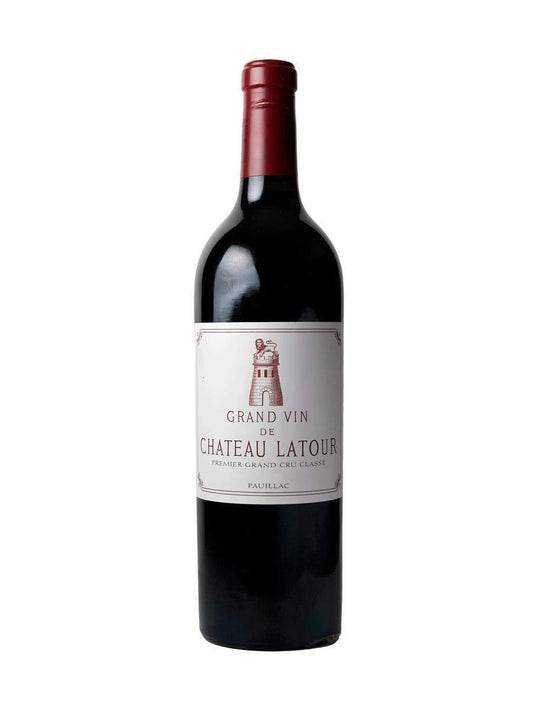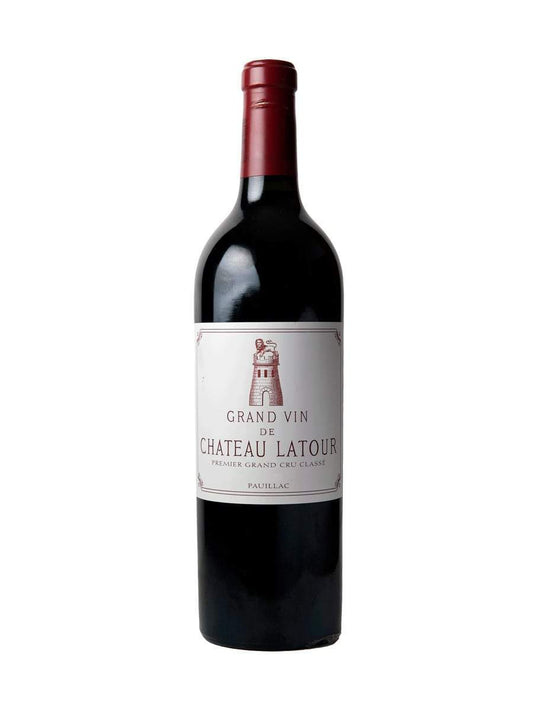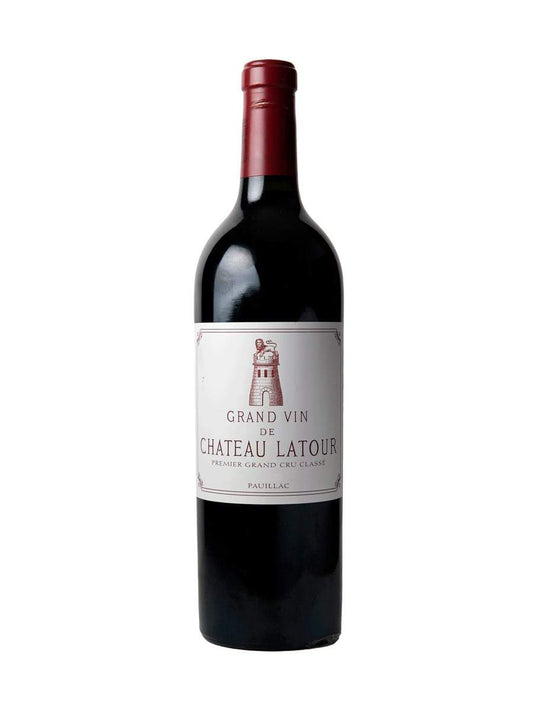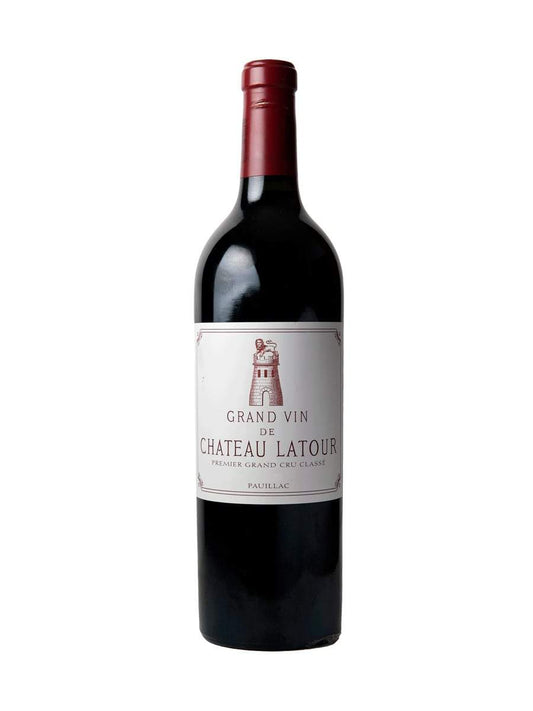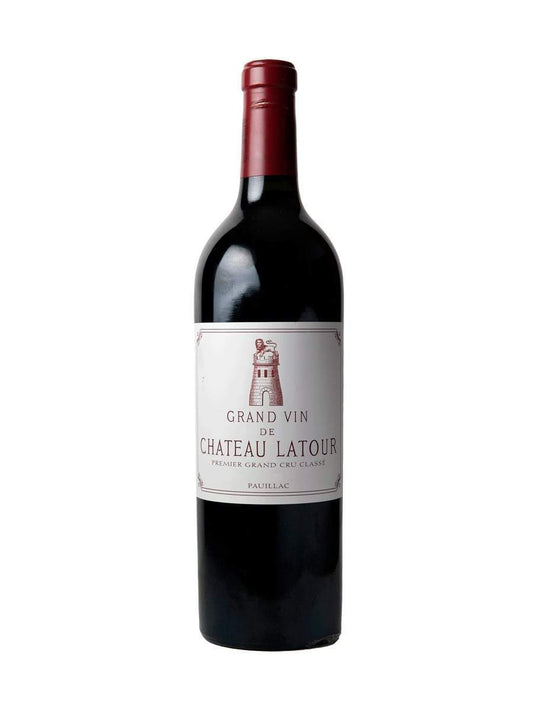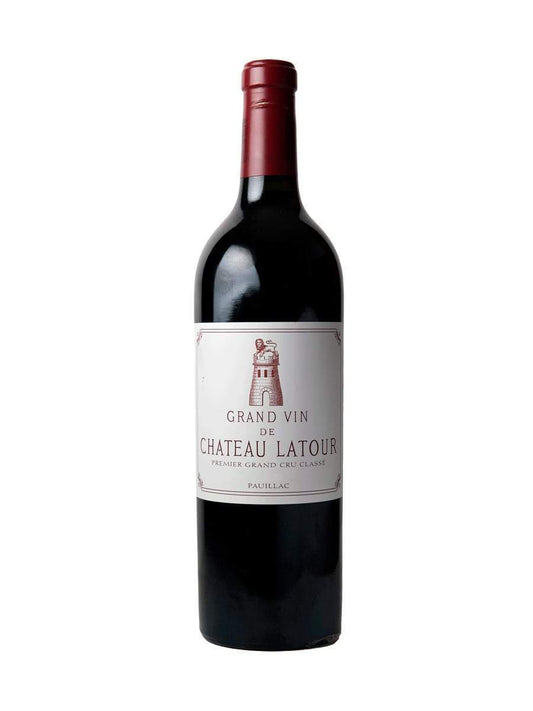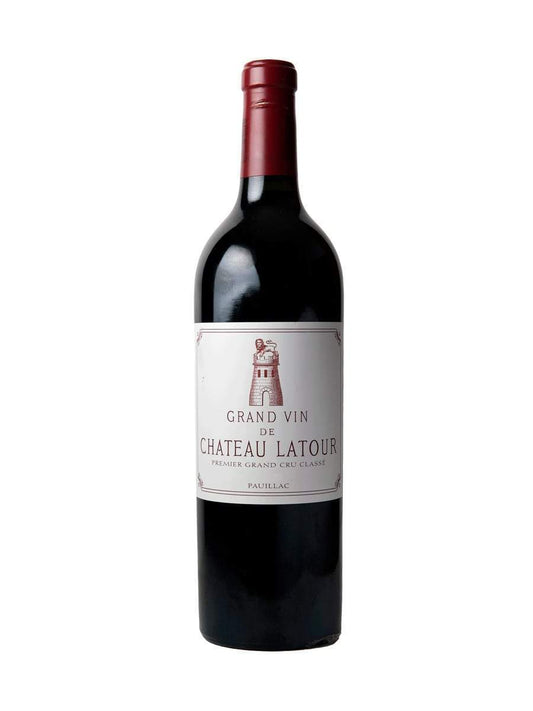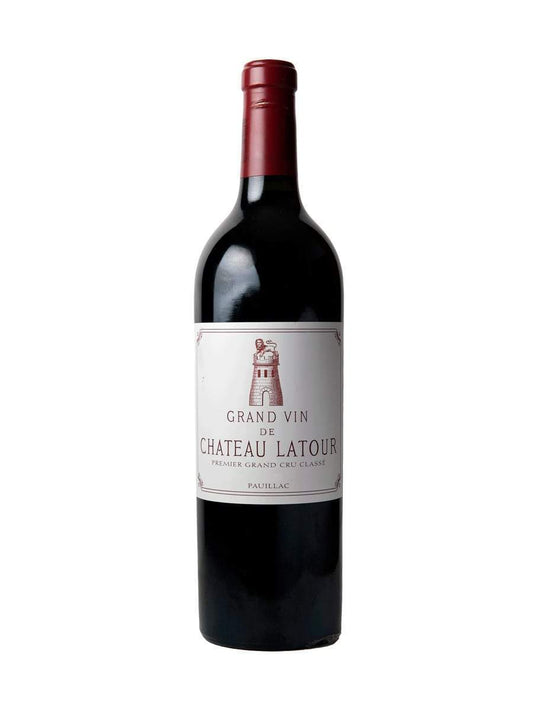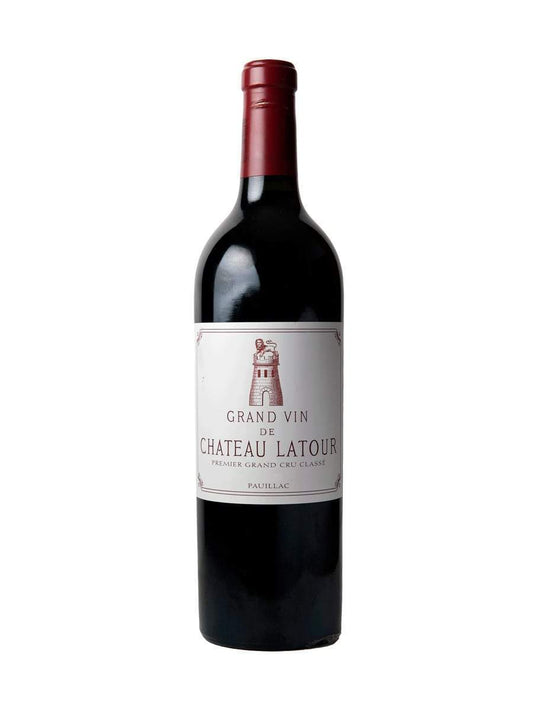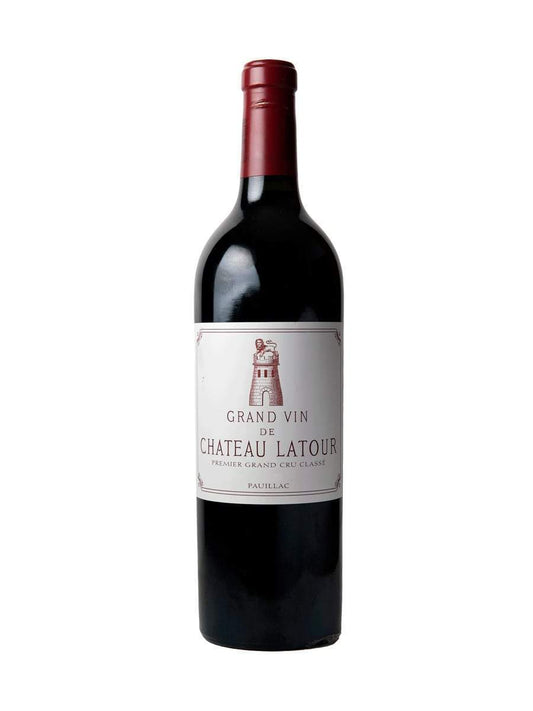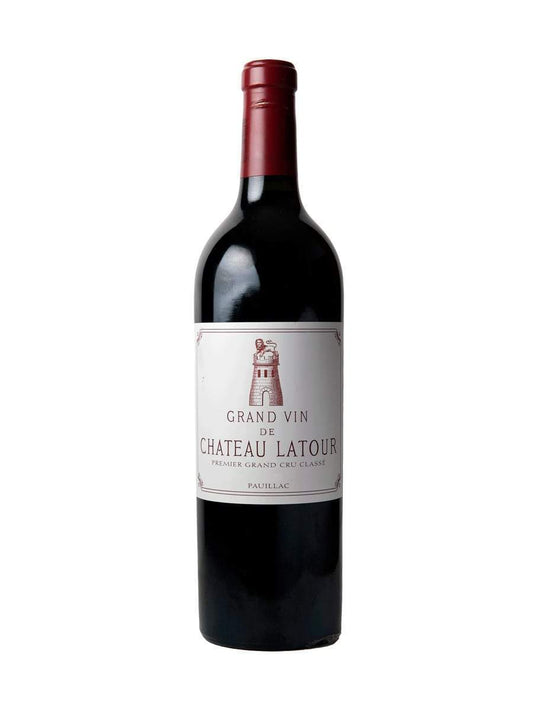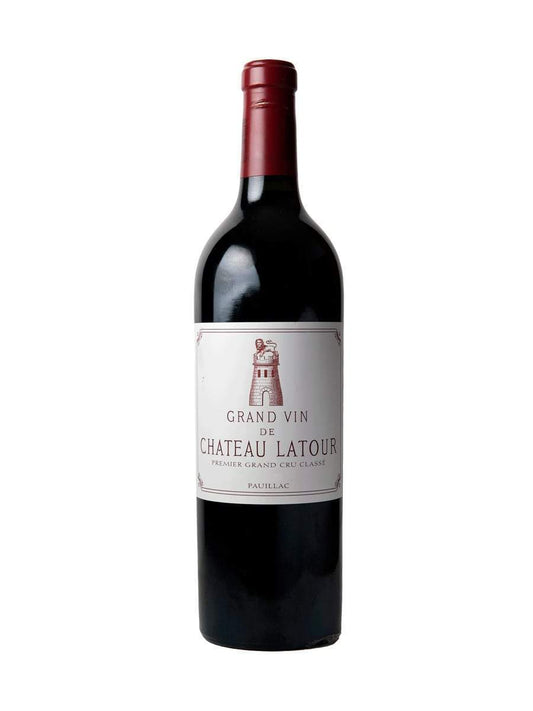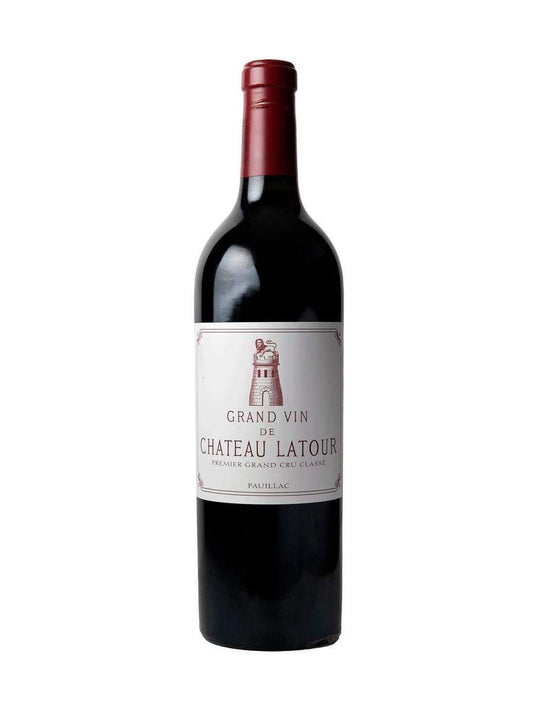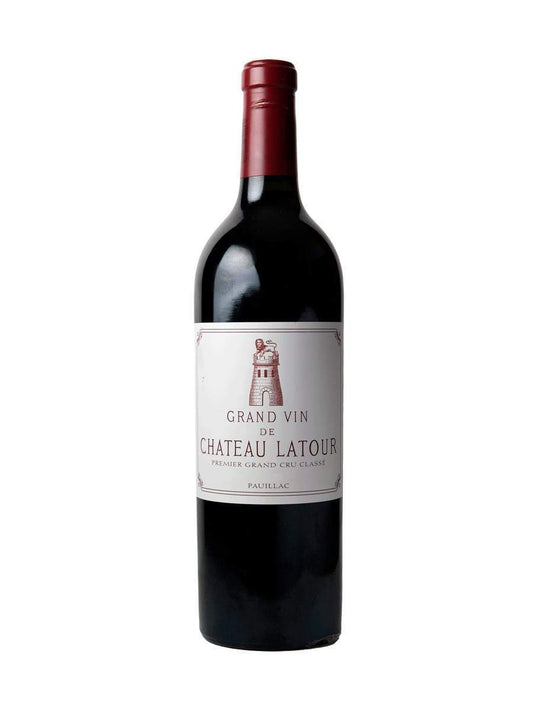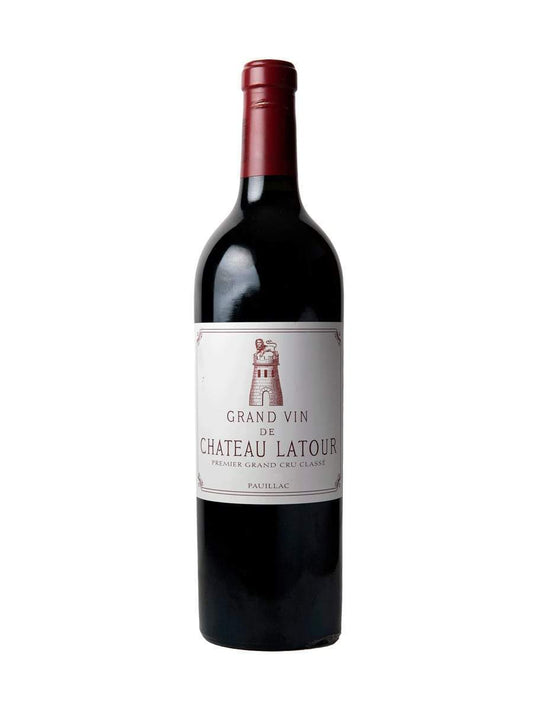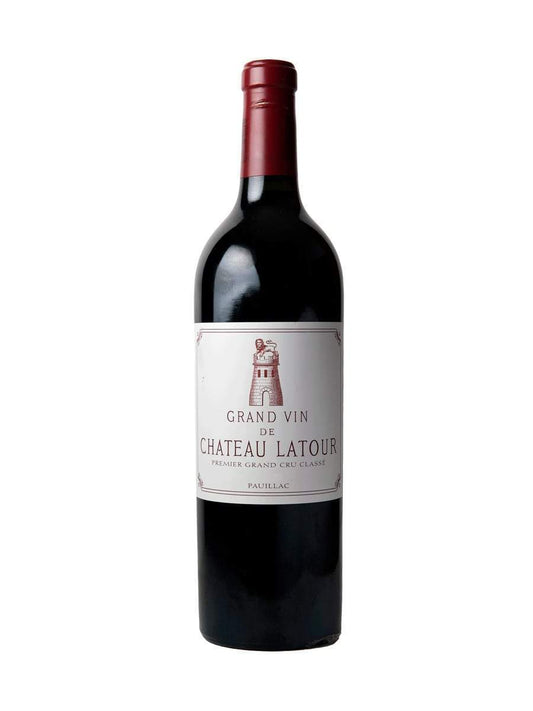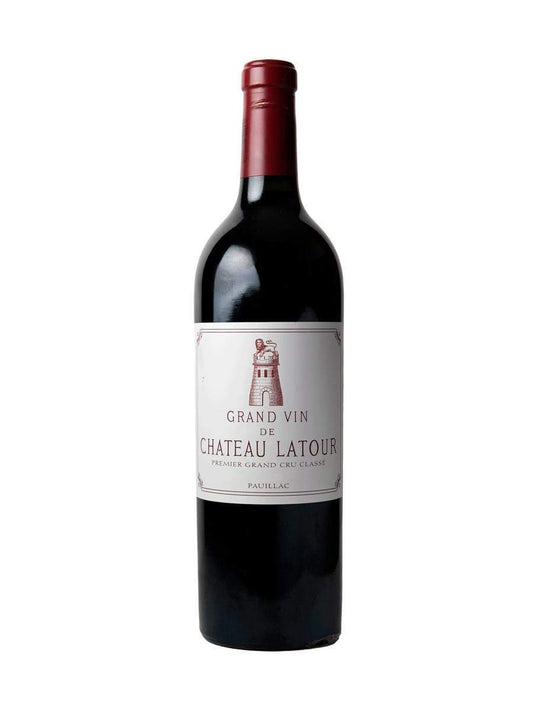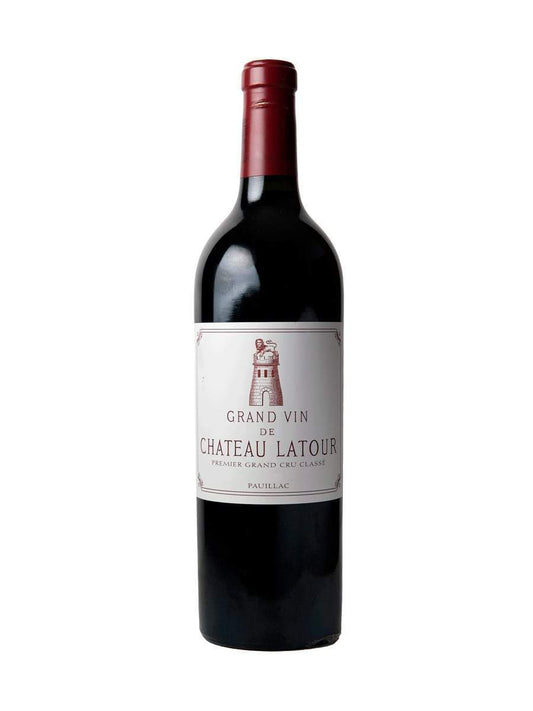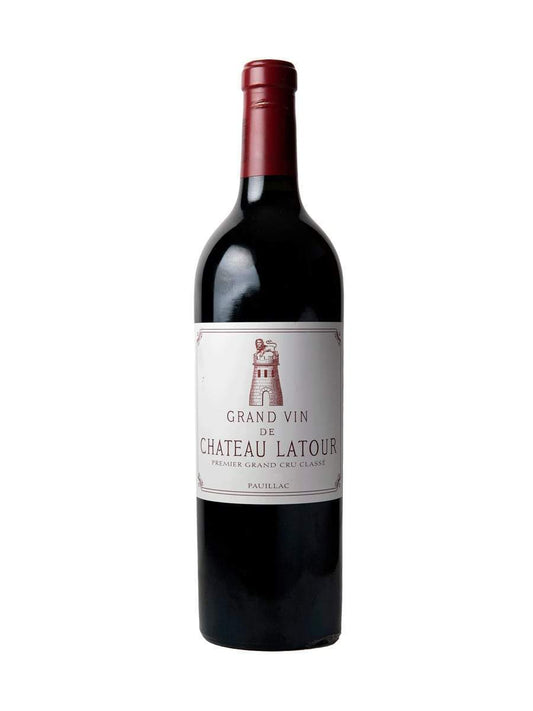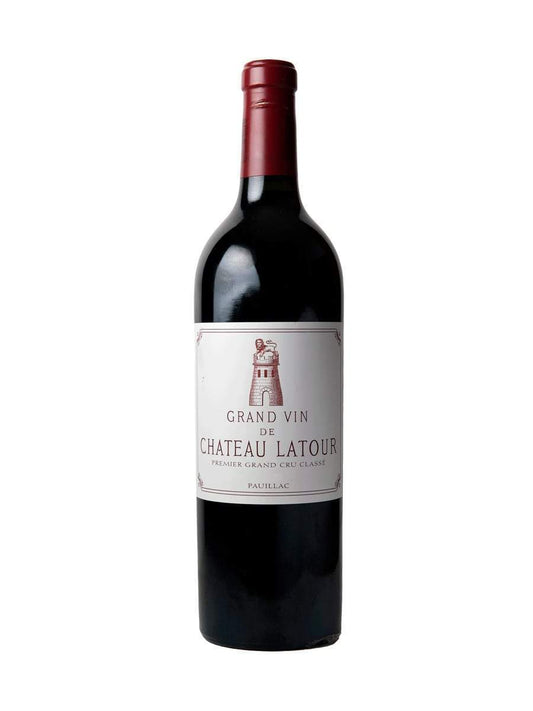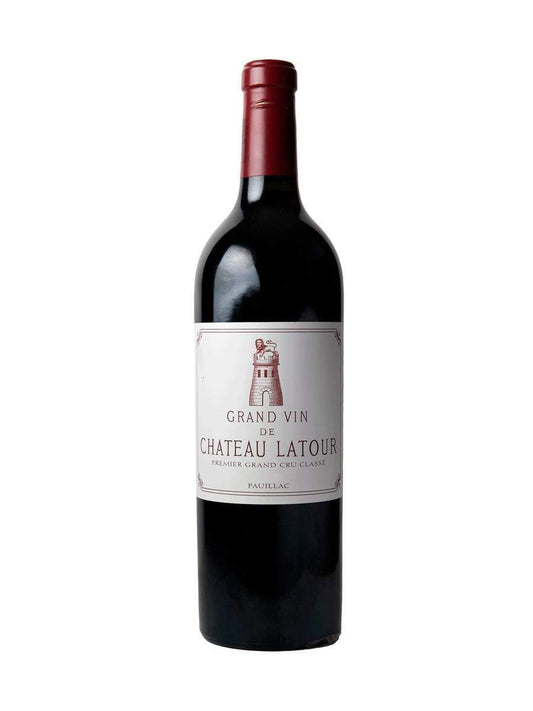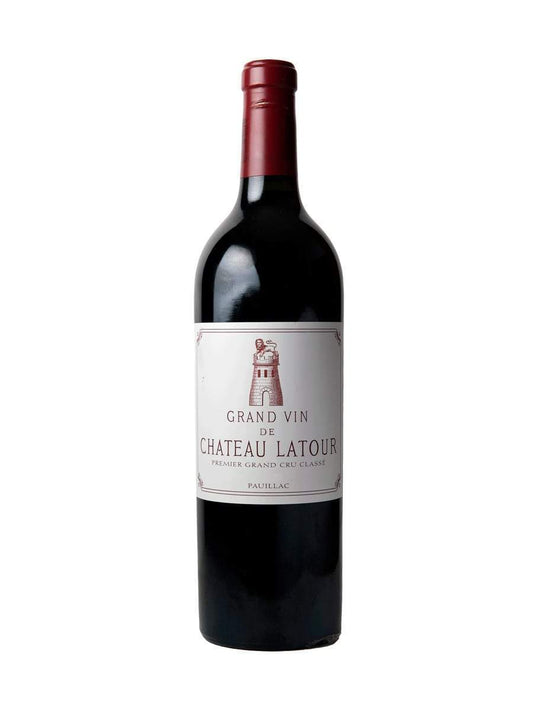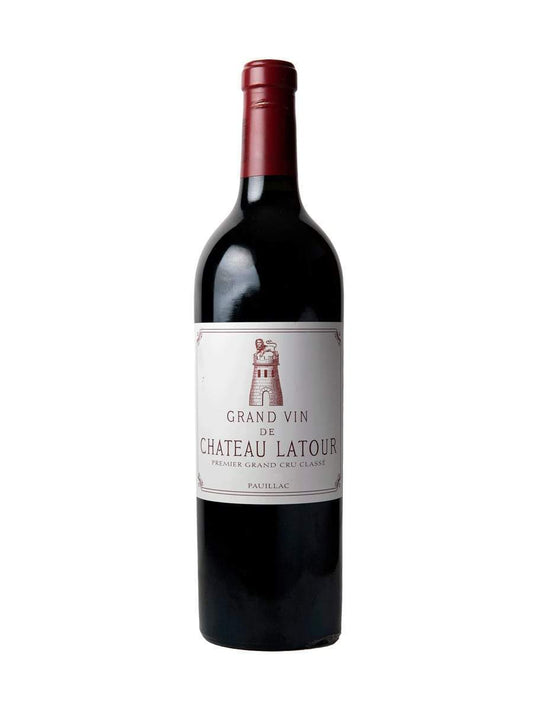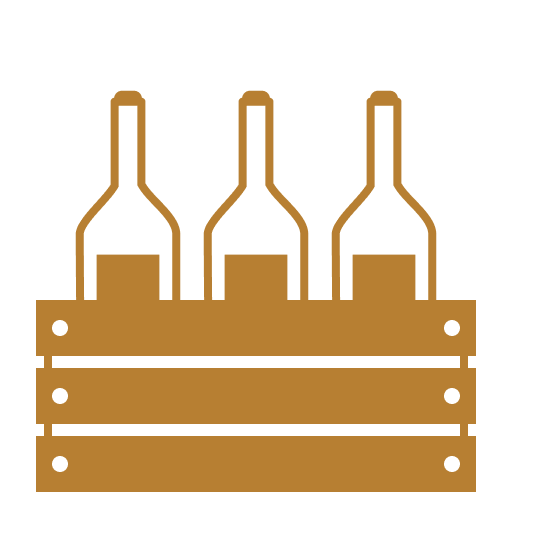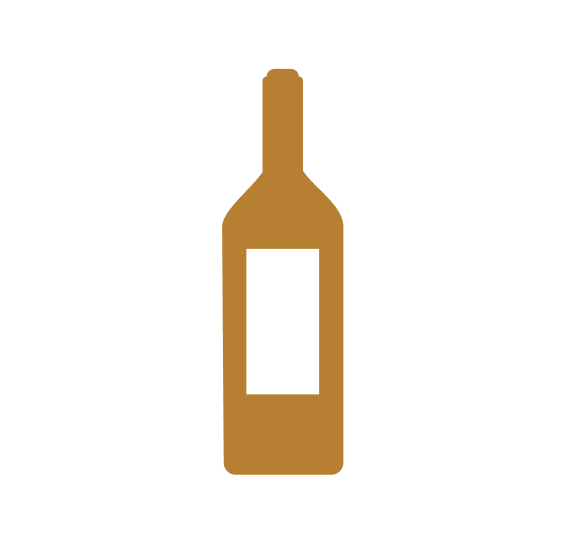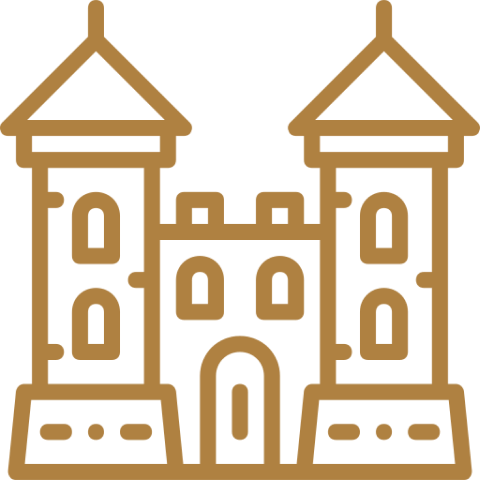CHATEAU LATOUR
The Château Latour history, classified as Premier Grand Cru in the 1855 classification, started in the 14th century when they built a fortified tower during the One Hundred Years War. Until the end of the 16th century, Latour was a co-lordship whose co-owners received rent from farmers who cultivated lands, some of which were already dedicated to the culture of the vines. Then, in the 18th century, the winegrowing saga speeded up when the marquis Nicolas-Alexandre de Ségur, the “Prince of the vines”, also owner of Château Calon Ségur and Lafite, became the owner of the estate. Since 1993, François Pinault and the Artémis group have been the majority owner (93%) and 7% has belonged to the Ségur family’s heirs. Plus d'information
Découvrez nos millésimes CHATEAU LATOUR
Château Latour
Time as a Witness
The history of Château Latour dates back to the 14th century with the construction of a fortified tower during the Hundred Years' War. By the late 16th century, part of the estate was already dedicated to vineyards.
Through...
Découvrez nos millésimes CHATEAU LATOUR
Château Latour
Time as a Witness
The history of Château Latour dates back to the 14th century with the construction of a fortified tower during the Hundred Years' War. By the late 16th century, part of the estate was already dedicated to vineyards.
Through successive marriages and inheritances, Château Latour became the property of Alexandre de Ségur in the late 17th century. His son, Nicolas-Alexandre, nicknamed the "Prince of Vines" by Louis XV, expanded the family's holdings by acquiring the lands of Mouton and Calon.
In the early 18th century, the English aristocracy and bourgeoisie, renowned for their love of fine wines, boosted the reputation of great estates like Latour. By 1714, a barrel of Latour wine was already worth four to five times the price of a typical Bordeaux wine, cementing its place among the most coveted and iconic crus.
Since 1993, Château Latour has been majority-owned (93%) by François Pinault, with the remaining 7% held by the heirs of the Ségur family.
Unmatched Complexity
The 96.5-hectare estate is rooted in poor soils that encourage deep roots up to three meters, adding unparalleled richness and complexity to its wines.
Cabernet Sauvignon reigns supreme, accounting for 76% of the vineyard. This noble varietal imbues Latour wines with exceptional depth, power, and elegance, offering structure and remarkable aging potential in every blend.
Classified as a Premier Grand Cru in 1855, Château Latour is one of the rare estates to have received a perfect score of 100/100 from Robert Parker for several outstanding vintages, including 1961, 1982, 2003, 2009 and 2010.
L'Enclos: The Essence of Latour
For centuries, Château Latour has elevated Cabernet Sauvignon through the exceptional terroir of L'Enclos. Shaped thousands of years ago by the waters of the Pyrenees and Massif Central, this 47-hectare vineyard surrounds the château, rising 16 meters above the Gironde River and flanked by two streams to the north and south. Nearly the entire area is devoted to producing the Grand Vin.
The historic terroir of L'Enclos features clay gravel at its core and gravelly sands on its periphery. Fully drained since the 19th century, L'Enclos ensures rapid water evacuation, preserving grape quality as harvest approaches..
A Commitment to Biodiversity
Since 2015, 100% of L'Enclos has been farmed organically, with half its surface following biodynamic principles. Latour embraces sustainable practices, including the reintroduction of horse plowing in 2008, leaving soils to rest for five years after uprooting, and using natural vineyard protection methods such as insect hotels and sexual confusion, with no herbicides.

